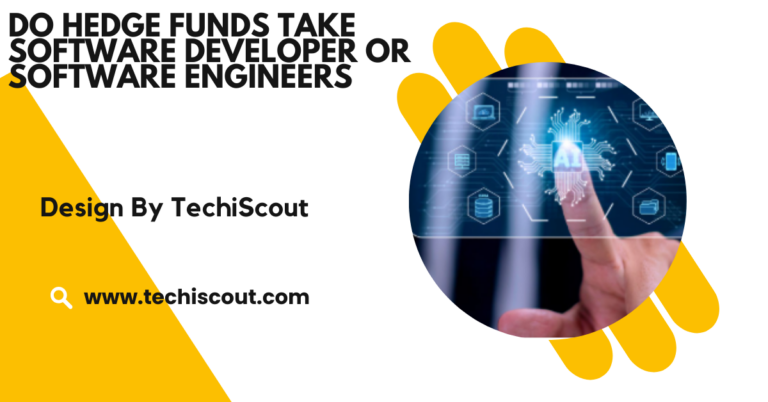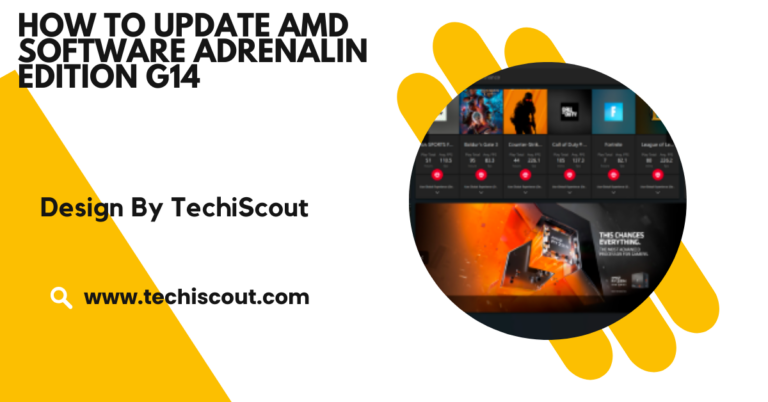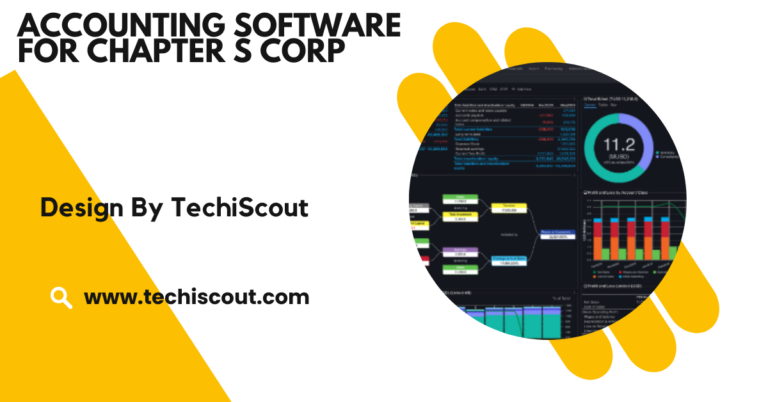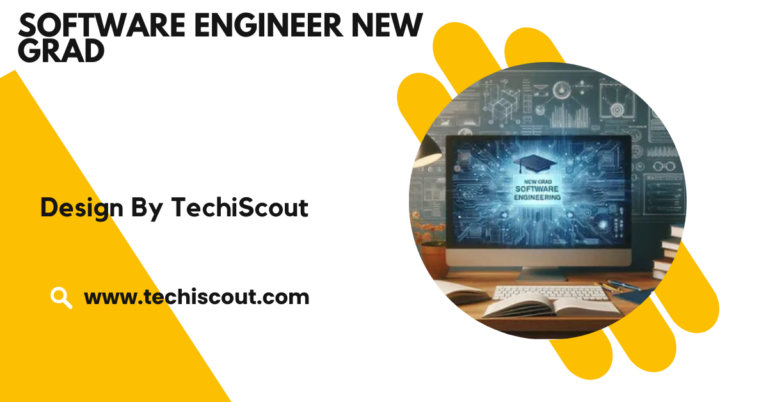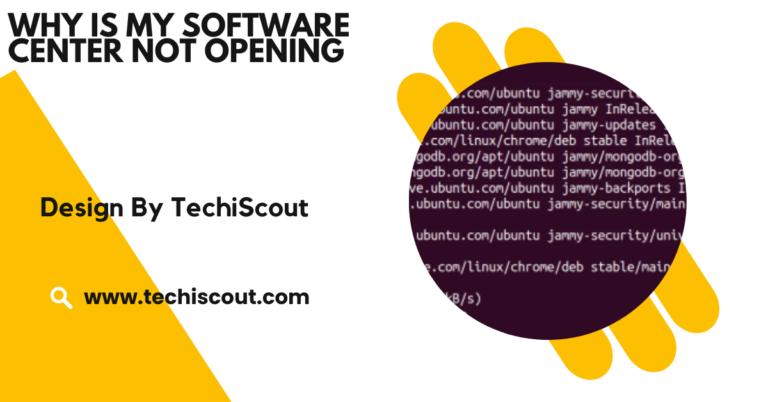What Is The Best Mood Board Or Digital Rendering Software – Explore More!
Best mood board tools: Canva, Milanote. Best rendering tools: Blender, V-Ray, SketchUp, Autodesk 3ds Max.
In this article, we’ll explore the best mood board and digital rendering software, comparing their features, usability, and unique benefits.
Table of Contents
Key Features to Look for Digital Rendering Software:

When selecting the best software for mood boards or digital rendering, there are several factors to consider:
- Ease of Use: Look for software that is intuitive, with a user-friendly interface. You don’t want to spend too much time learning how to use the tool.
- Customization: Customization options allow you to tailor the software to your specific project needs. Look for flexible layouts and templates that give you full creative control.
- Collaboration Features: Since many design projects require collaboration, the ability to share mood boards or renderings with clients and team members is essential. Real-time collaboration and sharing features can make the process more efficient.
- Integration with Other Tools: Many designers use multiple software tools in their workflow, so it’s essential that your chosen software integrates with other platforms like Adobe Creative Cloud, AutoCAD, or SketchUp.
- Support for Different Media Types: The software should allow you to import and work with a wide range of media types, including images, videos, sketches, textures, and more.
- Cost: Pricing plays a crucial role in choosing the right tool. Some tools offer free versions with limited features, while others require a paid subscription or one-time purchase.
Best Mood Board Software:
Canva:
Canva is a well-known design tool that’s easy to use, making it ideal for both beginners and professionals. While Canva is often associated with social media graphics, it’s also a great option for creating mood boards. It features a variety of templates, drag-and-drop functionality, and a vast library of stock images, fonts, and illustrations.
Key Features:
- Drag-and-drop functionality for easy image manipulation
- Access to millions of free and premium assets
- Customizable templates for mood boards and presentations
- Real-t`ime collaboration with team members
- Free version with premium upgrades
Best For: Designers looking for an intuitive, budget-friendly tool with lots of templates and assets.
Milanote:
Milanote is specifically designed for creative professionals, making it a top choice for mood boards. Its visual, flexible interface allows users to drag images, videos, text, and links to a digital board. Milanote excels in organizing content in a visually appealing way and is particularly favored by designers and creative directors.\
Key Features:
- Intuitive drag-and-drop interface
- Supports images, videos, text, and links
- Customizable boards for different projects
- Collaboration features for team-based projects
- Available on web, iOS, and Android
Best For: Professionals who need to create mood boards for collaborative and creative projects.
Adobe Spark:
Adobe Spark is another excellent tool for creating mood boards, especially if you’re already familiar with Adobe products. It’s part of the Adobe Creative Cloud suite, which means it integrates seamlessly with other Adobe software like Photoshop and Illustrator. Spark lets you create custom layouts for mood boards, making it a versatile tool for graphic designers and other creative professionals.
Key Features:
- Customizable layouts for mood boards and presentations
- Large selection of fonts, templates, and design elements
- Integration with Adobe Creative Cloud
- Free version with premium features available
- Easy-to-use interface
Best For: Adobe users who need a simple tool for creating mood boards that integrate with their existing design work.
Best Digital Rendering Software:
SketchUp:
SketchUp is a 3D modeling tool that is especially popular in the fields of architecture and interior design. It offers a powerful set of tools for creating detailed 3D renderings and visualizations. SketchUp’s user-friendly interface and robust library of models make it a great option for professionals who need to quickly create digital renderings.
Key Features:
- 3D modeling tools for creating detailed designs
- Extensive 3D model library and community
- Integration with other rendering software like V-Ray
- Real-time collaboration options
- Free version with a paid Pro version for more advanced features
Best For: Architects and interior designers who need to create 3D models and renderings quickly.
Blender:
Blender is a powerful open-source tool for 3D modeling, animation, and rendering. It has a steep learning curve, but its extensive capabilities make it one of the best free options available. Blender supports everything from simple 3D rendering to complex animations, and it’s used by both hobbyists and professionals.
Key Features:
- Full suite of 3D modeling, animation, and rendering tools
- Highly customizable interface and features
- Built-in render engines (Cycles and Eevee) for realistic rendering\
- Free and open-source software
- Extensive community support and tutorials
Best For: Experienced designers looking for a free, all-in-one 3D rendering solution.
V-Ray:
V-Ray is one of the most professional rendering tools available for both 3D modeling and architectural visualization. It is widely used in the design, architecture, and visual effects industries to create photorealistic renderings. V-Ray works as a plugin for other software like SketchUp, Rhino, and 3ds Max, offering high-quality output and extensive customization options.
Key Features:
- High-quality, photorealistic rendering
- Supports advanced materials, textures, lighting, and shadows
- Compatible with popular 3D modeling tools (SketchUp, Rhino, 3ds Max)
- Real-time rendering and cloud-based rendering options
- Extensive library of textures and materials
Best For: Professional designers and architects looking for a high-end rendering tool.
Read More: Can Having Other Antivirus Software Cause Pc To Sluggish
Autodesk Revit:
Autodesk Revit is another powerful tool designed for architects and construction professionals. It is primarily used for building information modeling (BIM) but also includes robust tools for creating digital renderings of architectural designs. Revit’s ability to handle complex building systems and generate detailed renderings makes it a go-to option for large-scale architectural projects.
Key Features:
- Comprehensive BIM features for architecture and construction
- Tools for 3D modeling and rendering
- Extensive library of building components
- Integration with other Autodesk software (AutoCAD, 3ds Max)
- Collaboration and cloud-based features
Best For: Architects and construction professionals involved in large-scale projects that require detailed renderings.
Autodesk 3ds Max
Autodesk 3ds Max is one of the most powerful 3D modeling and rendering tools, used extensively in architecture, game design, and visual effects.
Key Features:
- Advanced modeling, texturing, and rendering tools
- High-quality photorealistic renderings
- Integration with other Autodesk software
- Extensive plugin support for enhanced functionality
- Professional-grade output for movies, games, and architecture
Best For: Professionals in architecture, visual effects, and game design who require high-quality renderings.
FAQ’s:
- What is the purpose of a mood board?
A mood board visually conveys the style, theme, or direction of a design project using images, colors, and textures.
- Which software is best for creating digital mood boards?
Canva, Milanote, and Adobe Spark are top choices for creating digital mood boards due to their ease of use and customization features.
- What is digital rendering?
Digital rendering creates 2D or 3D visualizations of designs to present ideas or concepts in a realistic or stylized way.
- Which tools are recommended for professional digital rendering?
V-Ray, SketchUp, Blender, and Autodesk tools like 3ds Max and Revit are ideal for professional rendering tasks.
- How do you choose the right software for your design needs?
Consider your project goals, budget, level of expertise, and required features such as collaboration and media support.
Conclusion
Choosing the best mood board or digital rendering software depends on your needs and expertise. For mood boards, Canva is great for affordability, while Milanote and Adobe Spark offer advanced customization and collaboration. For digital rendering, SketchUp and Blender suit beginners and small projects, whereas V-Ray and Autodesk tools like Revit and 3ds Max deliver high-end, photorealistic results, ideal for professionals tackling complex designs.


